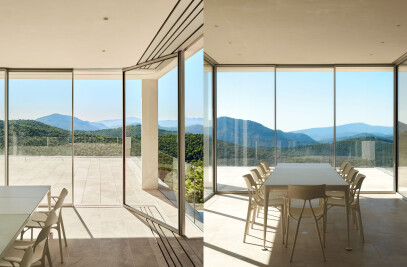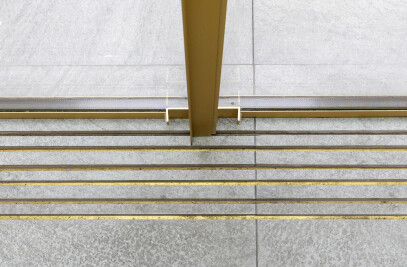The Hyatt Foundation has announced architect Riken Yamamoto as the 2024 laureate of the Pritzker Architecture Prize. Yamamoto is the ninth Japanese architect to receive the coveted prize, which was first established in 1979.
Born in Beijing, China, in 1945, Yamamoto later moved to Yokoyama, Japan, where he set up his practice in 1973 after graduating from the College of Science and Technology at Nihon University and earning his master’s degree from the Faculty of Architecture of Tokyo University of the Arts.
The Pritzker Prize jury citation states that Yamamoto was selected “for creating awareness in the community in what is the responsibility of the social demand, for questioning the discipline of architecture to calibrate each individual architectural response, and above all for reminding us that in architecture, as in democracy, spaces must be created by the resolve of the people...”
Yamamoto's architecture is wide-ranging and boundary-pushing. In his five decades of practice, he has experimented with structure, materials and building systems to produce projects that are uniquely adapted to their users. Transparency is one common thread that links his projects, as is the infusion of public or shared spaces that interface in novel ways with the buildings.
The awards ceremony for the 2024 Pritzker Prize will take place in May, 2024 at the S. R. Crown Hall of the Illinois Institute of Technology in Chicago.
Here are four key projects completed by Riken Yamamoto:
Fussa City Hall is located in a dense residential area about 50 kilometers from Tokyo city center. The landscape is defined by low hills stepping up from the banks of the Tama River. The lower levels of the city hall are programmed as a 'Forum', open to the public and used by the public. They are placed under an undulated organic roof, from where two twin towers rise. The roof is a green public space for citizens to use daily as well as a place for various events and activities. The greenery on the roof makes the building more energy efficient reducing energy losses and helping to integrate it into the surrounding environment.
The two towers containing the main offices, provide the city hall with a strong iconic image. In order to maximize the quality of the interior spaces, the structure of the building is placed on the exterior facade. Pillars and beams of the outer skin become thinner on the upper parts of the tower, helping the building to look light and soft towards the sky. Factory-made, pre-cast concrete is used for the slab and outer skin structure.

Facing the sea to the north and surrounded by mountains, the site has the valley topography typical of Yokosuka. Yamamoto buried most of the architectural volume in the ground to create a museum in communication with the natural landscape. The interior space is planned as nested boxes: the edges are open public facilities and include restaurants and workshop rooms; the central part is for sensitive facilities for exhibition and collection. A double skin envelope consisting of layers of glass plate and iron board helps to control sunlight and mitigate the destructive effects of seaside air.
This project is a research laboratory for a manufacturer of a paste used for protecting battery parts and printing wires on semi-conductor foundations. The first level is dedicated to experimentation rooms and are topped with a green roof designed as a garden for the researchers, which also decreases the cooling loads of the spaces below. A second level is designed with a totally different structural system. The body consists of reversed cones shaped like spinning tops which support circular forms. These are programmed with offices that connect to one another and form a table-like structural body that appears to float above the site.
Developed for the SUS Corporation, a manufacturer of aluminum furniture and precision machinery, this mass-production residence design uses aluminum as the main structural material. The first model house was opened in Kyushu, southern Japan, in 2004. The objective in developing the project was to discover unique ways of realizing a structural expression in aluminum that would not be possible using steel.




































